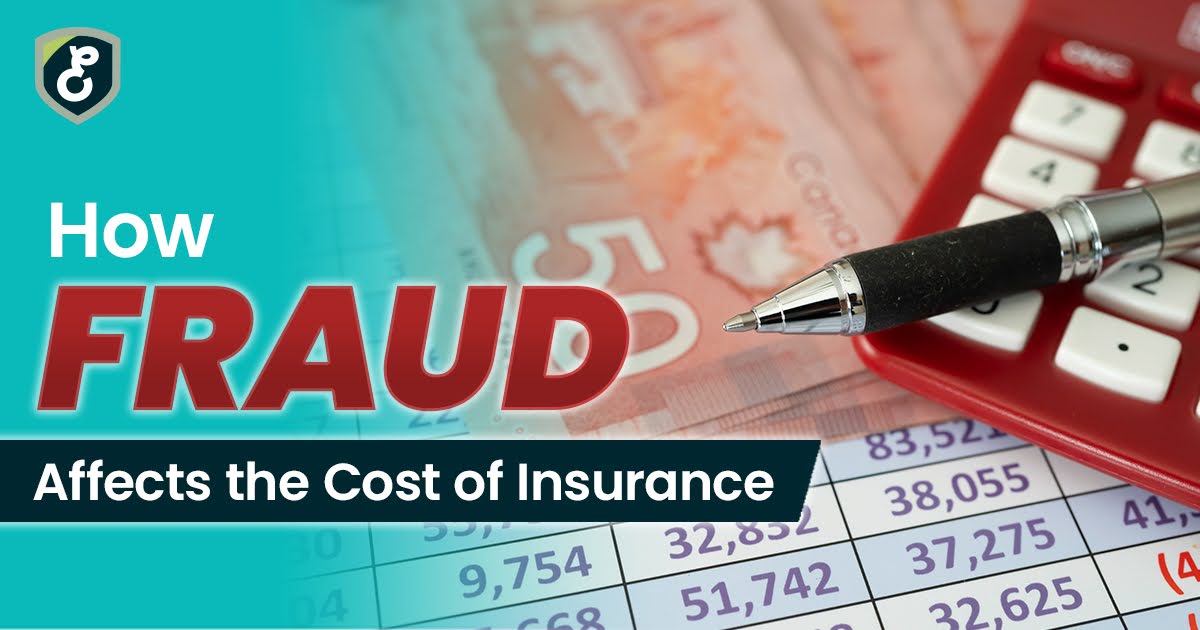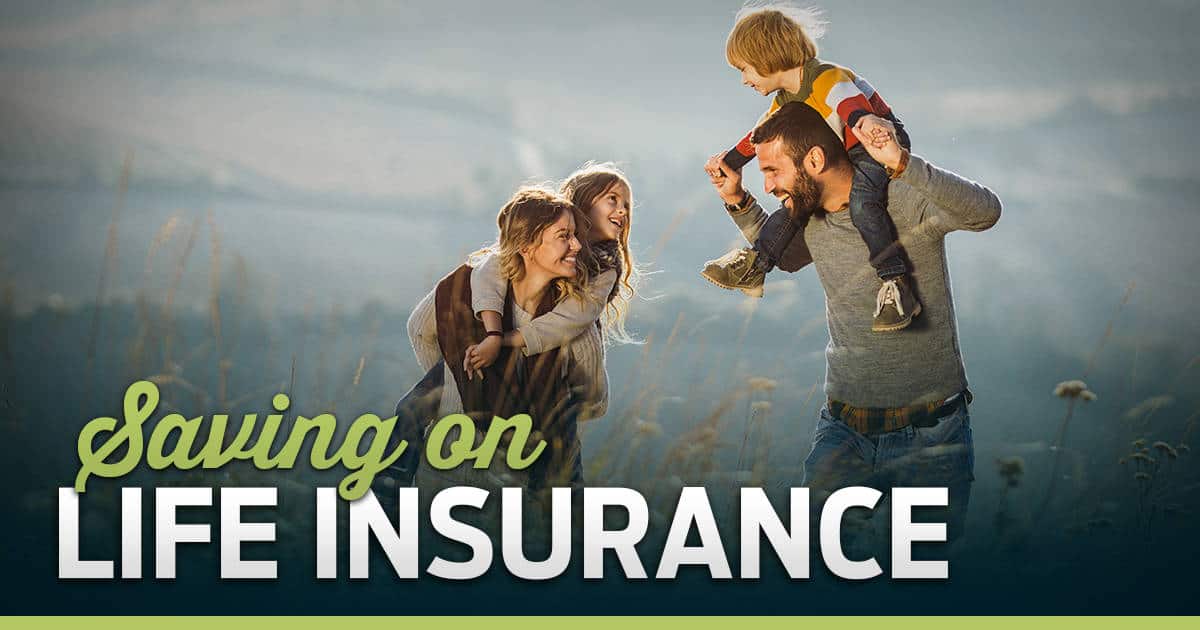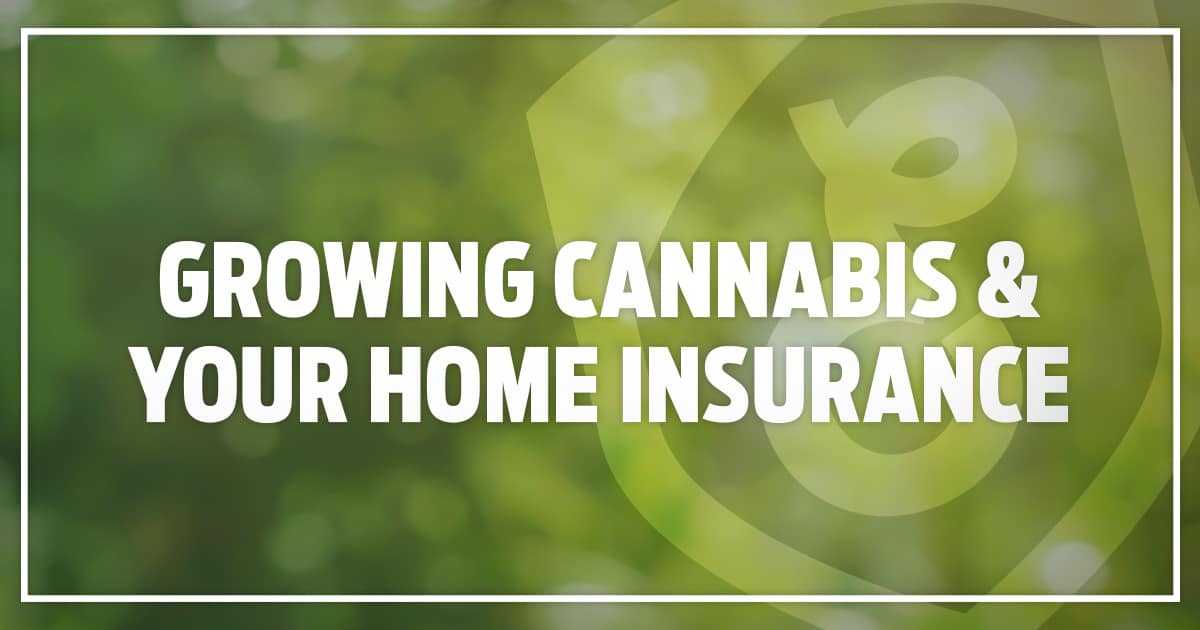
How Fraud Affects the Cost of Auto Insurance
April 30, 2024
Share:
Grandparent scams. Identity theft. Phony job postings. Calls about fake prize winnings.
There’s no doubt that fraud has only increased in today’s digital world, especially following the COVID-19 pandemic when many people were forced to work remotely and use more technology as a result.
According to the Canadian Anti-Fraud Centre, nearly 8,000 Canadians have already been a victim of fraud in 2024, with their losses totaling over $123 million so far. With estimates suggesting that only 5 to 10% of people report when they are a victim of fraud to the police, the total number of victims and money lost is likely significantly higher.
To make matters worse, there is a direct correlation between economic downturns and increases in fraud. With many Canadians facing intense financial pressure following years of high inflation and price increases on everything from gas to flights to bread, fraud levels will likely continue to increase in 2024.
Today, we are focusing on fraud in the auto insurance industry and how fraud impacts your insurance premiums.
What’s the Difference Between Fraud and Scams?
Fraud is the intentional deception of others, for personal or monetary gain on the part of the fraudster.
Scams are a type of fraud, which often involve tricking someone into providing their personal information, including credit card numbers, a social insurance number, or details about themselves that could help the fraudster answer security questions on your account.
Types of scams include:
- Phishing Scams
- Investment Scams
- Tech Support Scams
- Outstanding/Overdue Debts Scams
- Home Repair Scams
- Dating and Romance Scams
Scams are always considered fraud, but fraud is not exclusively scams.
Increased Fraud in the Auto Insurance Industry
The auto insurance industry has been dealing with its own problems when it comes to fraud. In 2020, the Insurance Bureau of Canada reported that auto insurance fraud costs Canadians more than $1 billion a year in increased premiums.
Common types of fraud in the auto insurance industry include:
- Re-Vinning vehicles. The practice of stealing a vehicle and putting what appears to be a legitimate vehicle identification number (VIN) on the front dash. After, the stolen vehicle with a modified VIN is then sold to a third party. If later the police realize that the vehicle has been stolen, it will be seized and the unsuspecting third party who purchased it will be out the money and left without a vehicle. You can learn more about how to avoid buying a re-vinned vehicle in this blog.
- Staged collisions. This is another type of premeditated fraud, where a driver intentionally causes a collision, but makes it seem as though the innocent driver was at-fault. A common type of staged collision is a fender bender, where the vehicle in front breaks suddenly or erratically, causing the driver behind to collide with them. This staged collision allows the driver in front to file a not-at-fault insurance claim for damages to their vehicle. You can learn more about how to recognize and avoid auto fraud in this blog.
- Inflated auto repair costs. Following an accident, an auto shop or mechanic claims to make repairs to your vehicle for damage that was not actually there. Alternatively, they inflate the cost of repairs they actually performed, since they know the amount will be paid by an insurance company rather than the customer.
- Fake claims. Reporting a vehicle stolen to avoid an impaired driving charge. Claiming your diamond engagement ring was lost in the ocean, despite never having a ring in the first place. Pretending you have long-term injuries following a car accident to avoid re-entering the workforce and receive income replacement instead. These are just some examples of bogus claims that insurance companies have uncovered in the last few years.
How Fraud Impacts Your Insurance Rates
Fraud is not a victimless crime. In fact, in the world of auto insurance premiums, fraud truly effects all drivers. When fraud is committed and insurance claims must be paid out as a result, that raises the insurance premiums of all drivers throughout Ontario.
More fraud = more fake claim payouts = higher insurance premiums for everyone.
In 2022, Aviva Insurance reported that it had uncovered more than 9,250 cases of fraud, saving customers £120 million in fake claims. Saskatchewan Government Insurance (SGI) investigated 481 suspicious claims in 2023 and found that 263 were fraudulent, saving customers nearly $6 million in payouts. Fake claims cost everyone, because when money is paid for losses that didn’t actually happen it increases the loss ratio for the insurance company and forces them to raise premiums as a result.
What to Do if You’ve Been a Victim of Insurance Fraud
If you suspect you have been a victim of inflated auto repair costs or a staged collision, you should start by contacting your insurance company and then the local authorities.
Your insurance company or broker can help you determine if your experience is actually fraudulent, because they see hundreds if not thousands of claims each year and are able to compare repair costs or identify suspicious details of a staged collision. Following this, reach out to local police or Crime Stoppers (1-800-222-TIPS) to report the event.






